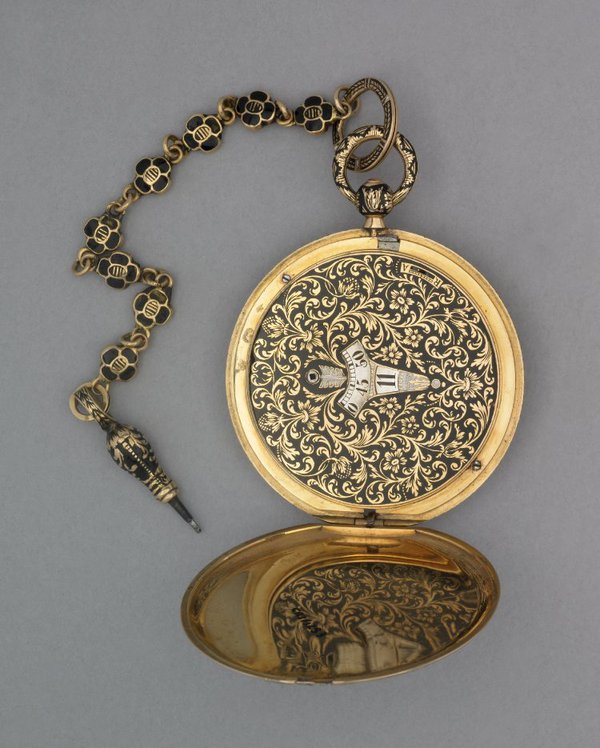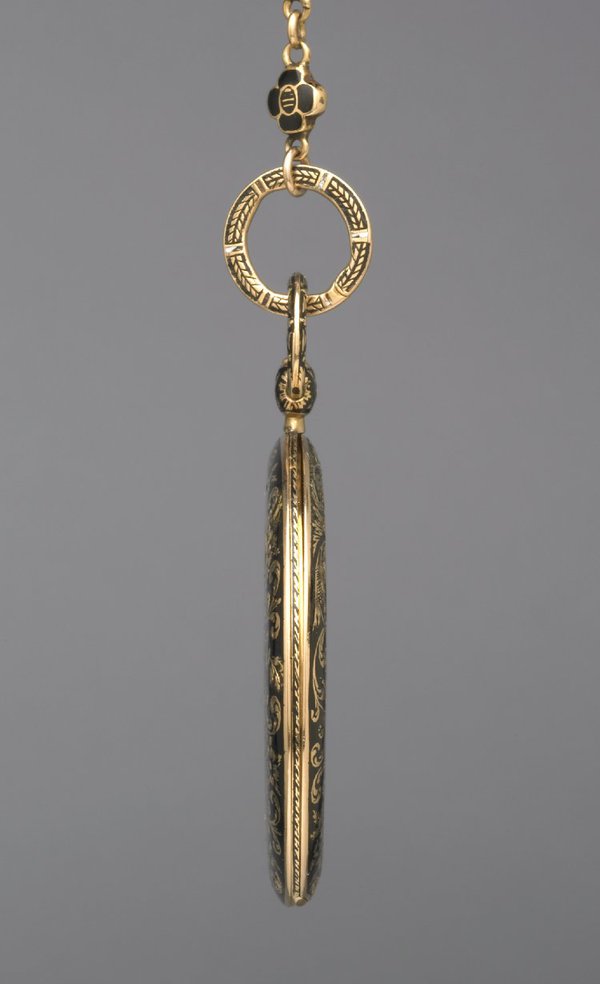The AHS Blog

Look no hands!
This post was written by Oliver Cooke
On the one hand we have looked at single-handed dials, on the other hand we have looked at some more unusual forms of indicator. Here we will look at indicators with no hands at all.

This watch has a display with digits formed of light emitting diode (LED) segments, seven for each numeral.
LED watches were first introduced in 1970 by the Hamilton Watch Company and were soon followed by liquid crystal display (LCD) watches. LED and LCD were by no means the first technology to enable digital displays however.



Before these examples existed the 'wandering hour' dial, something of a mash-up of digital and analogue time indication.
The hour numeral wanders, from the left-hand position (as viewed), up-and-over the semicircular aperture during the course of an hour. As the current hour ends and disappears behind the dial plate, the next hour numeral appears on the left.
We see 12:14 indicated on the illustrated example.
The system was invented in the 1650s by the brothers Tomasso and Matteo Campani from San Felice in Umbria, as a means to enable the time to be read at night (the numerals are pierced, allowing the light of an oil lamp to pass through from behind). This was very useful in the days before instant electrical lighting.
The wandering hour dial was also, occasionally, used on watches in the late 17th century, (but an oil lamp was not fitted in these!)


Finally, this watch also blurs the distinction between analogue and digital.
It has an LCD but, instead of digits, it has radial segments representing hands. This, however, requires 120 segments instead of the 42 needed to make up a standard six-digit digital display.
Together with the corresponding electronics needed to drive each segment, this means that these “LCA” watches cannot be made as cheaply as their digital counterparts. Perhaps for this reason they have never been popular, but they must have an adequate, if small, number of fans as they seem to have always (just) remained in continous production by one manufacturer or another since the 1970s.
I wonder how many of their fans, like I, appreciate them mostly for the futility of over-engineering, to achieve a result with LCD that is much more easily and better obtained with physical hands!

